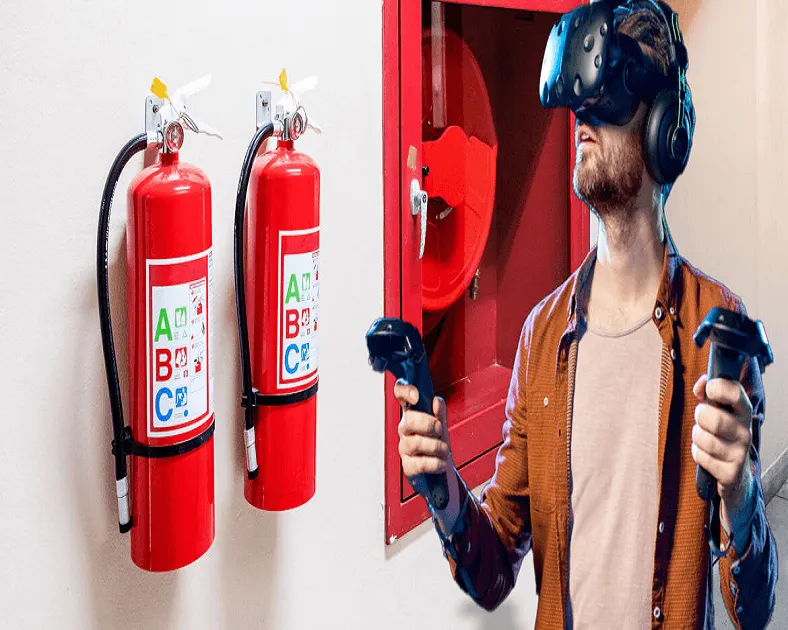VR in Training and Development
Virtual Reality Training and Development: The Role of Virtual Reality in Asfan Company
Introduction:
In today's fast-paced world, companies are constantly seeking innovative ways to enhance their training and development programs. One technology that has emerged as a game-changer in this regard is virtual reality (VR). VR offers immersive experiences that simulate real-world scenarios, providing employees with hands-on training in a safe and controlled environment. Asfan Company, a leading player in the industry, has recognized the potential of VR in training and development and has been at the forefront of leveraging this technology to drive employee learning and growth.
The Benefits of Virtual Reality in Training and Development:
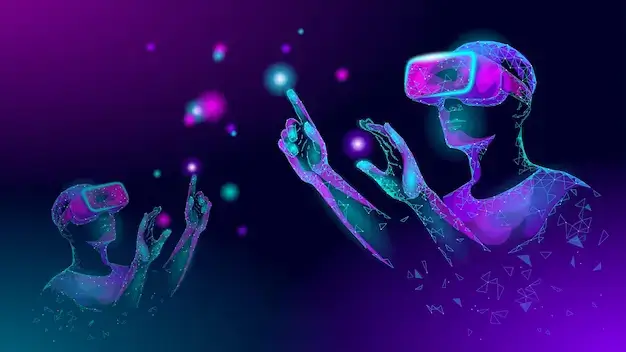
Virtual reality offers a wide range of benefits for training and development programs:
-
Immersive Learning Environment: VR creates highly immersive environments that closely mimic real-life situations, allowing employees to practice skills and procedures in a realistic setting. This immersive experience enhances engagement and retention, leading to more effective learning outcomes.
-
Safe and Risk-Free Training: VR enables employees to undergo training in potentially hazardous or high-risk environments without any real-world consequences. Whether it's practicing emergency procedures or operating complex machinery, VR provides a safe and controlled space for employees to learn and make mistakes without putting themselves or others at risk.
-
Cost-Effective Training Solutions: Traditional training methods often involve significant costs associated with materials, equipment, and instructor fees. VR offers a cost-effective alternative by eliminating the need for physical resources and allowing for scalable training solutions that can reach a large number of employees simultaneously.
-
Personalized Learning Experiences: VR technology allows for customizable training scenarios that can be tailored to the specific needs and skill levels of individual employees. This personalized approach ensures that each employee receives training that is relevant and impactful, leading to higher levels of competency and proficiency.
-
Real-Time Feedback and Assessment: VR systems can provide immediate feedback and performance metrics, allowing employees to track their progress and identify areas for improvement in real-time. This continuous feedback loop enables iterative learning and skill refinement, leading to accelerated skill acquisition and mastery.
The Role of Asfan Company in Virtual Reality Training and Development:
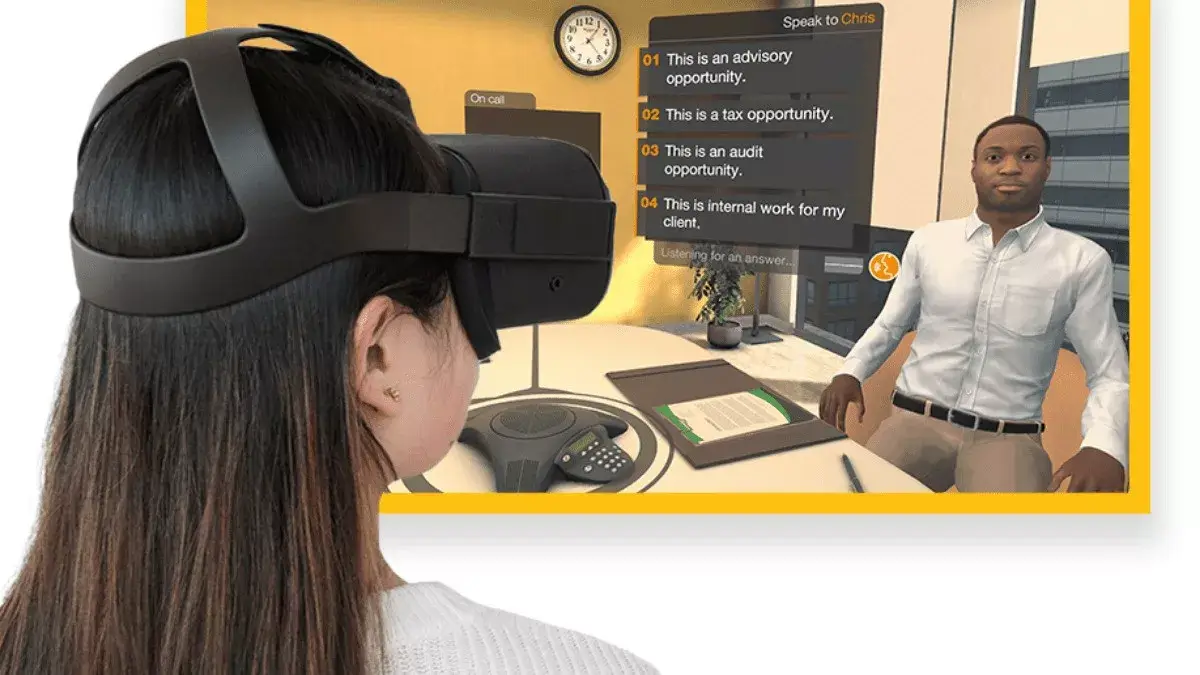
Asfan Company has recognized the transformative potential of virtual reality in training and development and has made significant investments in integrating this technology into its learning initiatives. As a pioneer in the field, Asfan Company has developed cutting-edge VR training modules tailored to the needs of various industries, including manufacturing, healthcare, hospitality, and customer service.
One area where Asfan Company has particularly excelled is in the development of immersive simulations for technical skills training. By partnering with subject matter experts and utilizing advanced VR technology, Asfan Company has created realistic simulations that allow employees to practice complex procedures and troubleshooting techniques in a virtual environment. These simulations not only enhance employee proficiency but also reduce the time and resources required for training.
Furthermore, Asfan Company has leveraged VR technology to offer remote training solutions, allowing employees to access training modules from anywhere in the world. This flexibility has been especially valuable in the wake of the COVID-19 pandemic, where traditional in-person training has become challenging.
In addition to technical skills training, Asfan Company has also utilized VR for soft skills development, such as communication, leadership, and teamwork. By immersing employees in interactive scenarios, Asfan Company helps them develop essential interpersonal skills that are critical for success in today's collaborative work environments.
How is Virtual Reality Used in Employee Training?
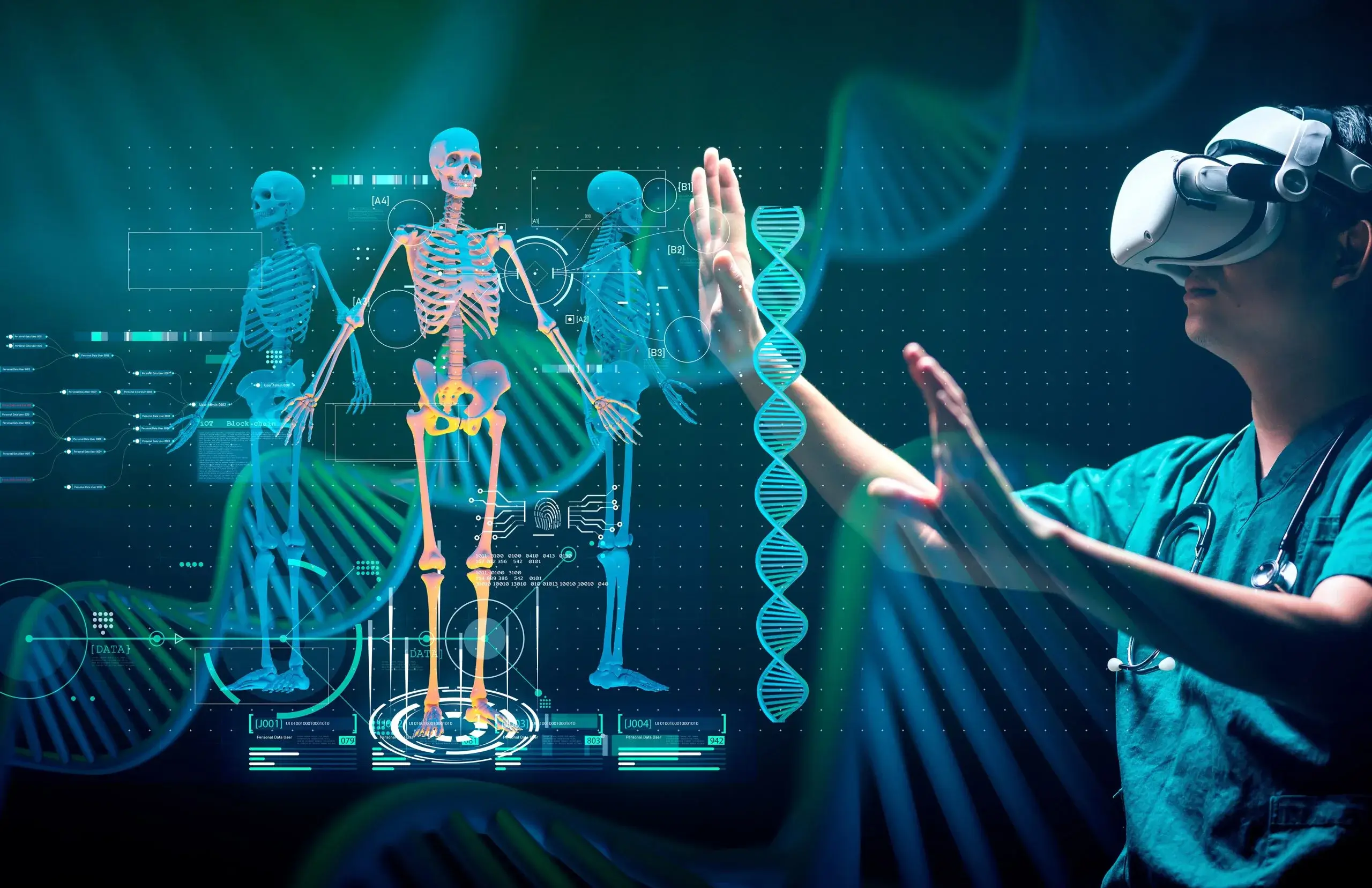
Virtual reality (VR) is utilized in employee training across various industries and for a wide range of purposes. Here are some common ways VR is used in employee training:
-
Immersive Simulations: VR provides a realistic and immersive environment where employees can simulate real-world scenarios relevant to their roles. For example, in industries like manufacturing, aviation, or healthcare, employees can practice operating machinery, performing medical procedures, or handling emergency situations within a safe and controlled virtual environment.
-
Safety Training: VR is particularly valuable for training employees in safety protocols and procedures. Workers can experience hazardous scenarios without any real-world risk, allowing them to learn how to respond to emergencies, identify safety hazards, and follow safety protocols effectively.
-
Soft Skills Development: VR is not limited to technical skills training; it can also be used for developing soft skills such as communication, leadership, and customer service. Employees can engage in interactive scenarios where they interact with virtual characters and practice handling difficult conversations, resolving conflicts, or providing excellent customer service.
-
Remote Training: VR enables remote training solutions, allowing employees to access training modules from anywhere in the world. This is particularly useful for organizations with distributed teams or employees working remotely. VR-based remote training ensures consistency in training delivery and provides flexibility for employees to learn at their own pace.
-
Customized Training: VR technology allows organizations to create customized training experiences tailored to the specific needs and skill levels of their employees. Training modules can be adapted to address different learning styles, language preferences, or cultural backgrounds, ensuring that every employee receives training that is relevant and impactful.
-
Real-time Feedback and Assessment: VR systems can provide immediate feedback and performance metrics, allowing employees to track their progress and receive personalized guidance for improvement. This real-time feedback loop facilitates continuous learning and skill development, enabling employees to refine their skills and competencies over time.
Virtual reality revolutionizes employee training by providing immersive, interactive, and personalized learning experiences that enhance engagement, retention, and skill acquisition. As technology continues to advance, the potential applications of VR in employee training are only expected to grow, enabling organizations to stay competitive in a rapidly evolving business landscape.
Why is VR Good for Training?
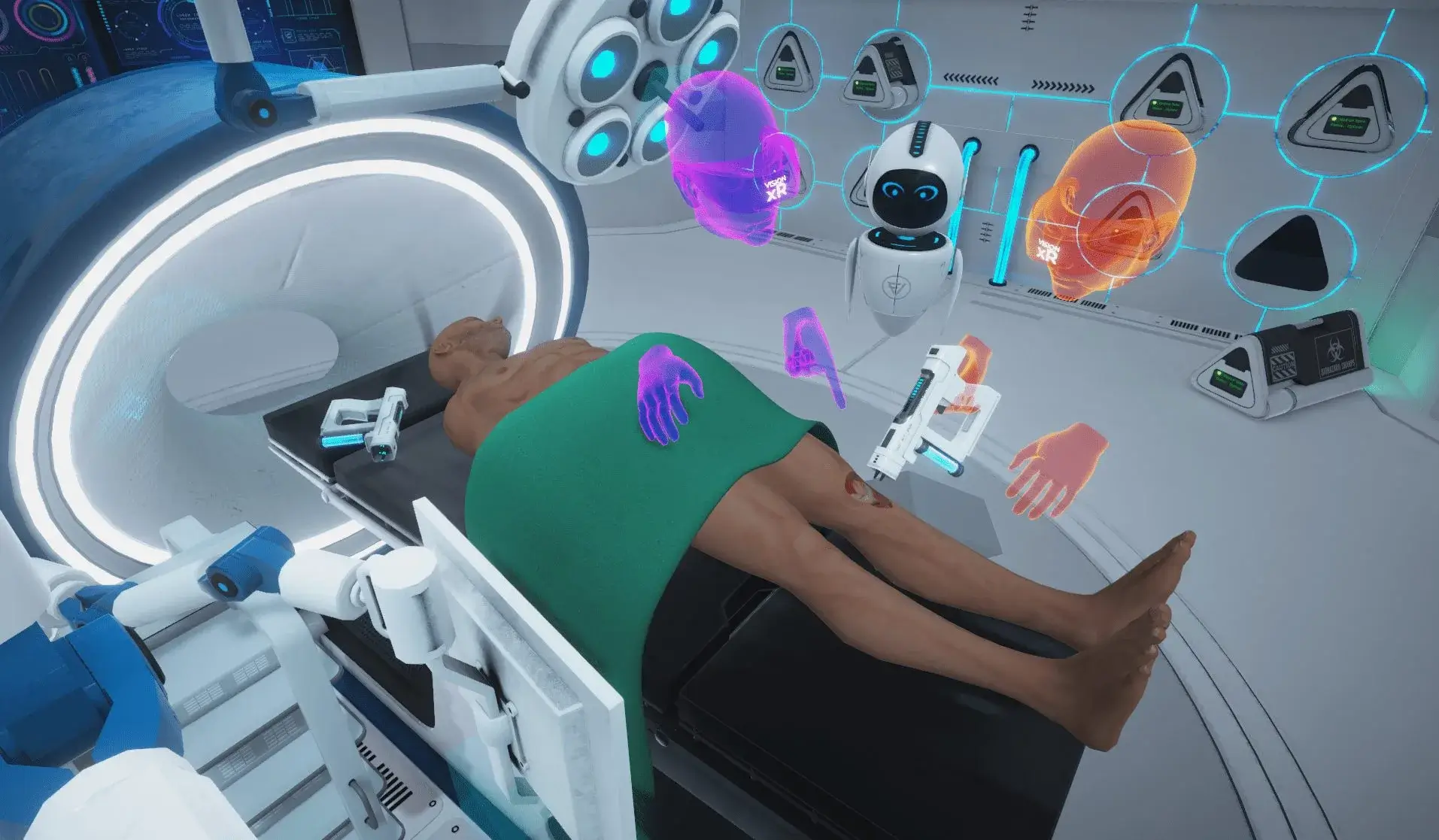
Virtual reality (VR) offers numerous advantages for training compared to traditional methods. Here are several reasons why VR is considered beneficial for training:
-
Immersive Learning Environment: VR provides a highly immersive experience that closely mimics real-world scenarios. This immersion helps trainees feel as if they are physically present in the training environment, enhancing engagement and retention of learning materials.
-
Safe and Controlled Practice: VR allows trainees to practice skills and procedures in a safe and controlled virtual environment. This is particularly valuable for training in high-risk or hazardous situations where mistakes could have serious consequences. Trainees can make errors without fear of injury or damage, facilitating experiential learning.
-
Cost-Effective Training Solutions: VR offers cost-effective training solutions by eliminating the need for expensive physical resources, equipment, and facilities. It also reduces costs associated with travel and instructor fees, making training more accessible and scalable.
-
Personalized Learning Experiences: VR technology enables customized training experiences tailored to the individual needs and skill levels of trainees. Training scenarios can be adapted based on factors such as learning styles, preferences, and performance metrics, ensuring that each trainee receives personalized instruction.
-
Realistic Simulation of Scenarios: VR simulations accurately replicate real-world scenarios, providing trainees with practical experience in handling complex situations. This realism helps bridge the gap between theoretical knowledge and practical application, leading to more effective skill acquisition and transfer of learning.
-
Remote Training Capabilities: VR allows for remote training solutions, enabling trainees to access training modules from anywhere with an internet connection. This flexibility is particularly valuable for distributed teams, remote workers, or employees located in geographically dispersed locations.
-
Enhanced Engagement and Motivation: The immersive nature of VR captivates trainees' attention and maintains their focus throughout the training session. This increased engagement leads to higher levels of motivation and participation, resulting in more effective learning outcomes.
-
Real-time Feedback and Assessment: VR systems can provide immediate feedback and performance metrics to trainees, allowing them to track their progress and identify areas for improvement in real-time. This feedback loop facilitates continuous learning and skill development, accelerating the learning process.
Conclusion:
Virtual reality represents a paradigm shift in training and development, offering unparalleled opportunities for immersive and effective learning experiences. Asfan Company has emerged as a leader in leveraging this technology to drive employee learning and development across various industries. By harnessing the power of VR, Asfan Company is not only enhancing employee skills and competencies but also staying ahead of the curve in a rapidly evolving business landscape. As the demand for innovative training solutions continues to grow, Asfan Company remains committed to pushing the boundaries of what is possible with virtual reality in training and development.
Reference.
Explore More Projects
We welcome your questions, do not hesitate to contact us
- Create virtual reality and augmented reality experiences at the best prices
- Equipping engineering laboratories with the best equipment
- Virtual tours with 360° technology and also feature that you can see them through just one link
- Create virtual reality and augmented reality experiences at the best prices
- Equipping engineering laboratories with the best equipment
-
Virtual tours with 360° technology and also feature that you can see
them through just one link



